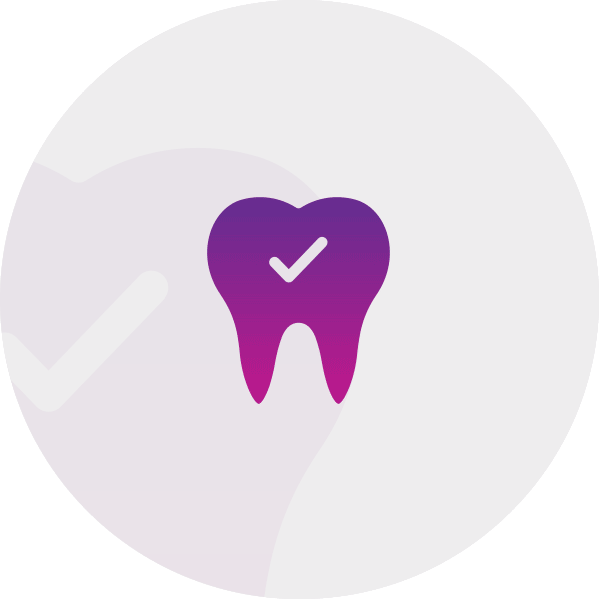Do customized orthodontic appliances and vibration devices provide more efficient treatment than conventional methods?
For those who are not aware of this new technology, this is an intra oral device that applies vibration for 20 minutes a day to the teeth of patients who are having orthodontic treatment. The aim of AcceleDent/ Propel is to increase the speed of orthodontic treatment and reduce discomfort.
“Through the use of gentle mini pulses, called SoftPulse technology, bone remodelling is accelerated, allowing teeth to move up to 50% faster”.
“Faster tooth movement may decrease the duration of your orthodontic treatment and may help make your orthodontics more comfortable”.
Medland Orthodontics currently does not support the use of such device and would like to draw your attention to the conclusion below.
How much does it work?
These are a mixture of expert opinion and single case reports. Again a low level of evidence. They had, however, included a paper on a randomised controlled trial carried out at the University of Texas. So I decided to have a really close look at this.
They aimed to evaluate whether the use of Propel/AcceleDent increased the rate of tooth movement. They enrolled 45 patients (age range 12.4-40.6 years old) who required orthodontic treatment and the extraction of first bicuspids. They were randomly allocated to an active AcceleDent/ Propel device or to a sham AcceleDent/ Propel device. Each patient was followed until only 1mm of extraction space remained to be closed. Each canine tooth was retracted by sliding mechanics along 018ss wires. It appears that in every case the anchorage was reinforced by a TAD. At each four weekly visit the distance between the distal bracket of the canine and the TAD was measured with a digital caliper.
What did they find?
They presented data for 39 patients, 21 in the Propel/AcceleDent and 18 in the control groups. They analysed the data using simple univariate statistics and I would have liked to see a multi-variate analysis that could have considered the effect of confounders, such as gender, initial position of the teeth and age. They presented data on alignment from a sub-sample of 14 patients. This number is too low for any meaningful comparison, so I concentrated on the amount of distal tooth movement of the canines.
Conclusion
We all want to make teeth move faster. I feel that AcceleDent/ Propel is an interesting concept that is grounded in science. I also wonder if AcceleDent/ Propel could make teeth move faster along the wires because the vibrations would jiggle the teeth and reduce bracket binding? However, at present the evidence that supports its use and promotion is currently not at a high level and it would be great to see some well carried out trials. Nevertheless, it is to AcceleDent/ Propels credit that they are putting forward their claims in a cautious way and using terms such as “may increase the speed of tooth movement”. Their Key opinion leaders case reports are nicely presented in a great degree of detail. Unfortunately, some orthodontists websites are not taking the same cautious approach, do a google search and see what is going on……As I have said before, it is up to us as clinician scientists to interpret the evidence and decide whether or not to use a new development. Have a look at the evidence in more detail and decide yourselves!
Kevin O’Brien
Emeritus Professor of Orthodontics, University of Manchester, UK.






